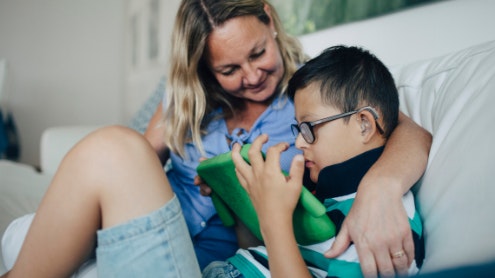Homepage
•
Learning Library
•
Blog
•
Don't Ban Technology; Help Kids Strive for Balance
Expand breadcrumbs
Expand breadcrumbs
- Learning Library
- Blog
- Don't Ban Technology; Help Kids Strive for Balance
- Homepage
- •
- Learning Library
- •
- Blog
- •
- Don't Ban Technology; Help Kids Strive for Balance
Don't Ban Technology; Help Kids Strive for Balance
By Karen Richardson
March 1, 2021








